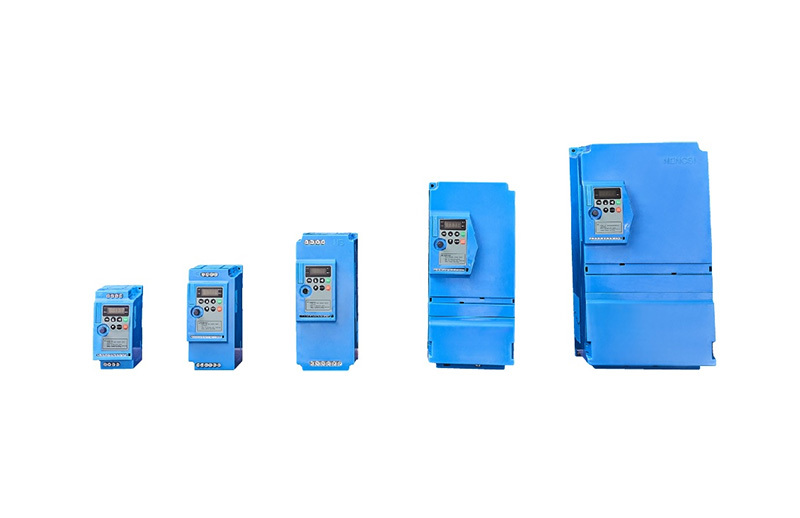EN60-CX-X Series Industrial And Commercial Energy Storage Combination Outdoor Battery Cabinet
- Commodity name: EN60-CX-X Series Industrial And Commercial Energy Storage Combination Outdoor Battery Cabinet
- Description
- Technical Parameter
- Application Area
-
The EN60-CX-X series outdoor battery cabinet integrates batteries, energy management, fire protection, and liquid cooling systems efficiently with LEGO design concepts, creating a free, customized, safe, and easy-to-use energy storage system for you. Unlimited capacity, free energy storage.
Free Configuration Module Design Efficient AAnd Safe With its flexible architecture, EN60-CX-X can be freely configured to meet your precise requirements and achieve customized market applications. A fully modular system ensures consistent implementation across different user sites through factory pre integration The distributed independent liquid cooling system ensures the efficient operation of the energy storage module. -
Model EN60-CX-X-373 EN60-CX-X-466 Technical Parameter Battery Type LFP(From CATL) Cell specifications 3.2V/280Ah Rated Capacity 372.7kWh 466.6kWh Rated Voltage 832Vdc 1331.2Vdc Voltage Range 728-936Vdc 1164.8-1497.6Vdc Pack Type 1P52S Number Of Battery Clusters 1 2 Number Of Cycles 8000@0.5C Heat Dissipation Method Liquid Cooling Available Capacity 95% Supporting Parallel Connection Support MW level Parallel Connection Fire Protection System Hot Aerosol Basic Parameters Battery Brand CATL (Ningde Era) Protection Level IP55 Basic Dimensions (Width * Height * Depth) 1400 × 1350 × 2346mm 2300 × 1300 × 2280mm Weight ≈4.3t ≈5t Adapt to PCS (Control Cabinet) EN60-CX-C-500 EN60-CX-C-630 -

Peak shaving and frequency modulation
Smooth wind and solar output power;
Track planned output;
Local consumption to reduce wind and solar waste;
Active power control and reactive power compensation.
Delaying investment in transmission equipment;Improve power quality and enhance system reliability;
Maintain voltage stability of the transmission network.
Relieve peak load demand and delay network upgrade and expansion;
Respond to fault situations and ensure stable power supply.
Access to auxiliary distributed power sources;Dealing with peak load demand and peak valley arbitrage;
Power quality regulation and improvement, serving as UPS/EPS power supply.

Scenario 1: Wind Power Plant
Peak shaving and frequency regulation: Utilizing the fast and accurate response capabilities of energy storage technology to support changes in the frequency of the power grid and stabilize its frequency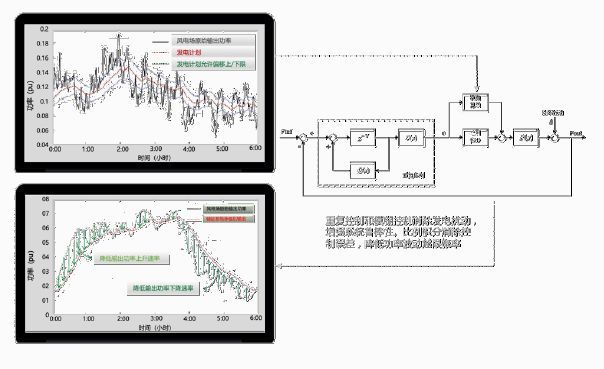
Smooth output: The energy storage system is based on the low-pass filtering principle. When the wind power output fluctuates greatly, it is controlled through fast charging/discharging coordination to limit the fluctuation of the wind power output power within the given power fluctuation.
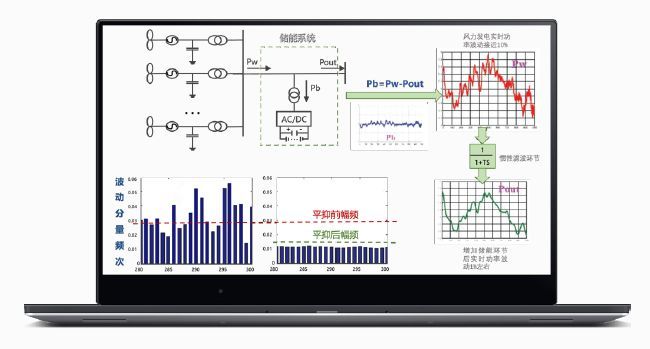
Scenario 2: Peak valley arbitrage


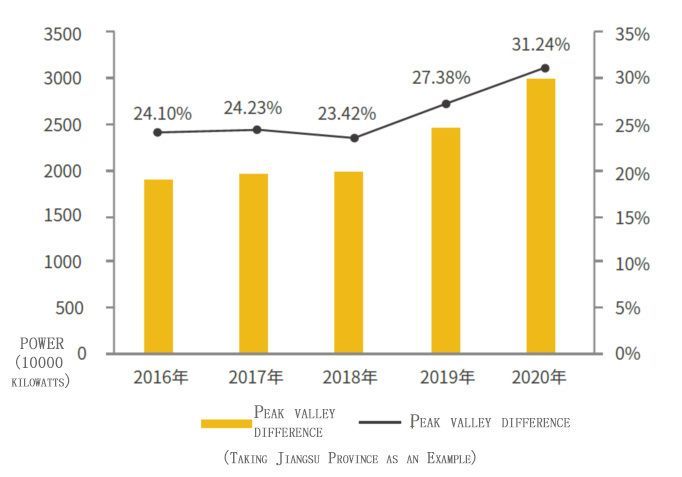
Compared to commercial and residential electricity loads, industrial users have better conditions for energy storage construction, including:
1. Industrial users have a large daily electricity consumption;
2. During peak electricity price periods (daytime), the electricity load is high, while during low electricity price periods (late night), the electricity load is low;
During periods of low electricity prices, there is a certain surplus capacity in user transformers.
As the cost of energy storage decreases and the cost of electricity consumption in the electricity market decreases, residents and commercial users will gradually have a demand for energy storage applications due to the difference in peak and valley electricity prices and the additional auxiliary value of energy storage.
Scenario 3, Photovoltaic Power Generation
When limiting photovoltaic power generation, check the output power of the photovoltaic power generation system to ensure that the system output power is below the power generation limit.
Excess photovoltaic power is used to charge the battery, reducing the phenomenon of light waste.
The energy storage system is based on the low-pass filtering principle. When the photovoltaic output fluctuates greatly, it limits the fluctuation of the photovoltaic output power within the given power fluctuation through fast charge/discharge coordination control, and smoothly outputs.
Utilize the fast and accurate response capabilities of energy storage technology to support changes in grid frequency, stabilize grid frequency, and achieve peak shaving and frequency regulation.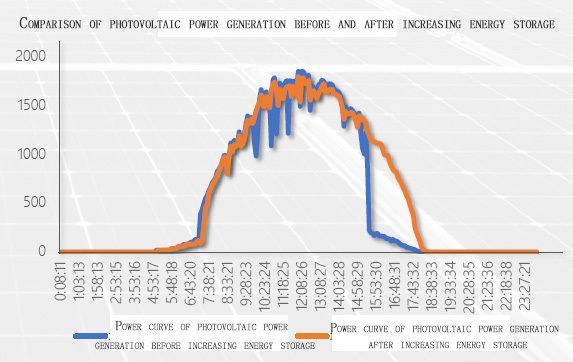
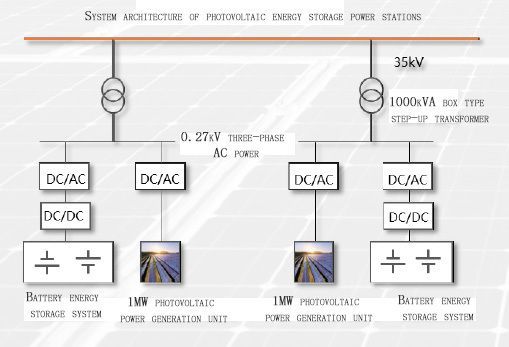
Scenario 4: Thermal Power Frequency Modulation

The power grid dispatch center sends AGC instructions to the power plant's remote control device RTU→RTU forwards AGC instructions to EMS and power plant DCS→EMS adjusts output power based on AGC instructions and unit operation status
Scenario 5: Demand electricity bill
Based on cloud based load forecasting, reducing maximum demand electricity bills through peak valley arbitrage and saving basic electricity bills.
The daily zero point load forecasting system predicts that the load power of the day forms a load curve of 96 points and sends it to the EMS terminal.→EMS generates a daily power threshold based on the iteration of predicted load power, and obtains battery charging and discharging power instructions based on the difference between real-time load power and threshold value→The inverter controls the charging and discharging of the battery based on the battery charging and discharging power command and the BMS charging and discharging power limit.
Key technology in the application of demand electricity bills: load forecasting
Scenario 6: Dynamic Expansion
In special circumstances, it is a necessity for the owner or construction enterprise.
Very suitable for scenarios with short-term overload (1-4 hours optimal) and charging without exceeding capacity.
For example, when the charging station renovation in a completed residential area is running at full capacity, the transformer capacity exceeds the limit and faces the problem of over capacity.
Comparison item
Application procedures
Approval time
Installation costs
Expansion requirements
Dynamic scaling
handy
Very short
Lower
Can be expanded as needed
Static expansion
Cumbersome
A long letter of false accusation by Beiqi
higher
Expansion difficulty is high
Key words:
High And Low Voltage Frequency Conversion | Soft Starter Introduction | Power Quality Management | New Energy
Get A Quote
Get A Quote
Note: Please leave your email address, our professionals will contact you as soon as possible!




